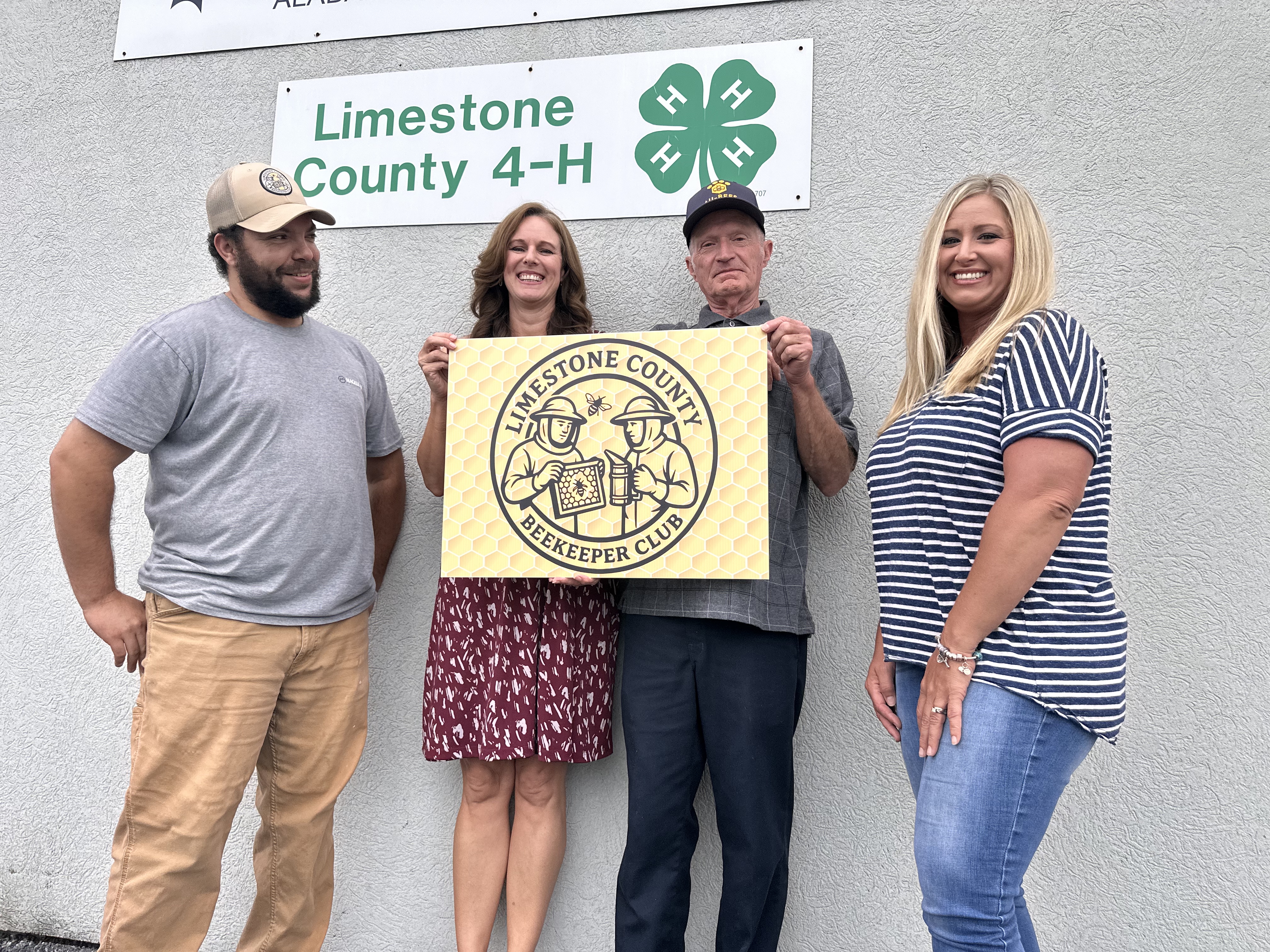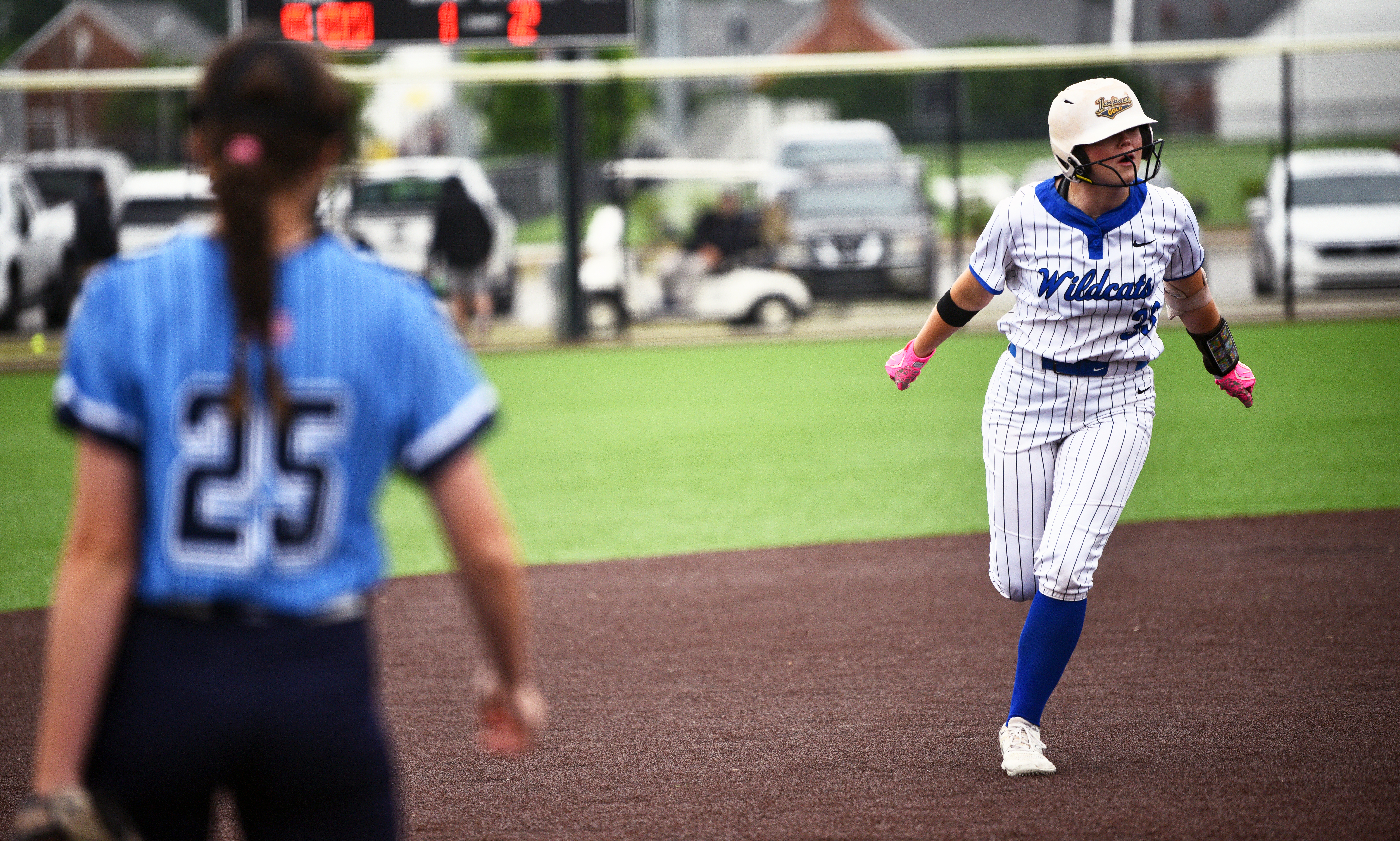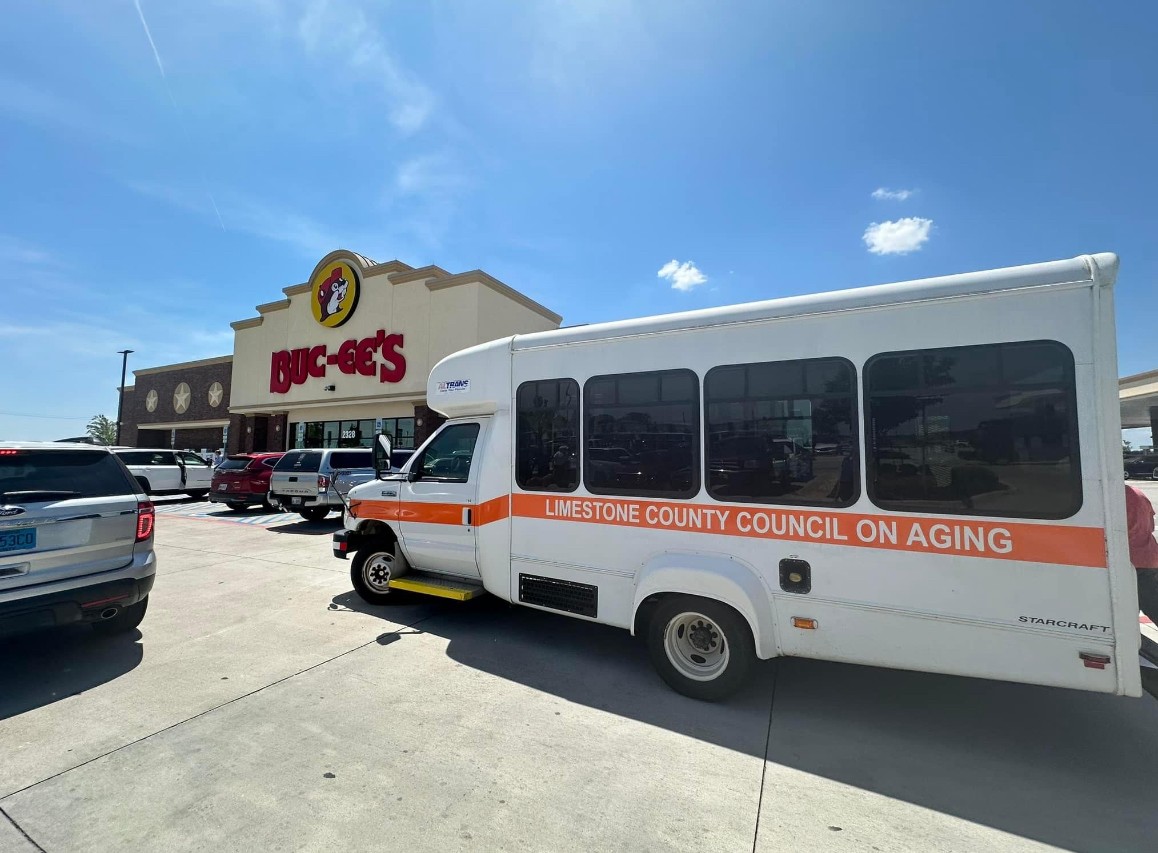ATHENS FISH KILL REPORT: Biologists note evidence of prior spill
Published 6:30 am Thursday, July 18, 2019

- A photo of two dead slackwater darters, a federally protected species, was included in a report on a fish kill in the city of Athens. The report, which details the investigation into the kill by the Alabama Department of Conservation and Natural Resources, states more than 3,000 fish were killed in the sewage spill near Swan Creek.
Seventeen federally protected slackwater darters were among the more than 3,000 fish killed in May by a raw sewage spill in Athens, according to a report by the Alabama Department of Conservation and Natural Resources.
A preliminary report by the Alabama Department of Environmental Management also states the discovery of decaying fish indicates there was a previous, unreported sanitary sewer overflow. Those fish were not counted as part of the recent investigation.
The ADCNR’s report, which was finalized in June, was published this week to the Alabama Department of Emergency Management’s website. ADEM’s full report, which could detail potential citations and related fines, could be released soon, an official said this week.
In all, 3,009 fish (60.5 pounds) were killed in the most recent sewage spill. The total replacement value is estimated at $3,788.63, which includes investigative costs. The total does not include the cost of the 17 slackwater darters, however.
“It is likely that many fish, especially the smaller fish, disappeared due to decomposition or predation by scavengers and were unaccounted for by fish kill investigators, therefore the enumeration and valuation of this kill is considered to be conservative and likely underestimates actual damages,” the report said.
Discovery
The sewage flowed out of a manhole near the former Pilgrim’s Pride chicken plant and into an unnamed Swan Creek tributary. Athens Utilities posted signs asking citizens not to enter the area, but the report states Athens Utilities “made no effort to report it” to the ADCNR’s fisheries office in Tanner. The report also states it is unclear if the spill was ever reported to ADEM.
Betty Kiep, who manages water and wastewater services for Athens Utilities, said ADEM was notified after the spill, and added the agency is “always notified” about any overflows.
The ADCNR’s report states a fish kill was reported May 22 by a man who was walking on the Swan Creek recreational trail and noticed the dead fish from a pedestrian bridge. The man reported the fish kill to the National Response Center, which is operated by the U.S. Coast Guard.
The report was made about 5:20 p.m. An ADEM official visited the site later that evening and determined the fish kill was “fairly significant.” The department’s report states there was a “milky substance” in the tributary, which was followed upstream to what the report said “appeared to be an earlier (sanitary sewer overflow).”
Investigation
In an effort to count the fish, the tributary was divided into five subsections. The report noted the fish kill encompassed 6,200 linear feet of stream.
The first, where the initial overflow occurred, was upstream of East Pryor Street. Biologists noted a “few live fish,” along with dead Asian clams (corbicula).
The second subsection, located between East Pryor and East Hobbs streets near McClary Tire, had no live fish. There were also dead crayfish, more dead clams and a dead tadpole.
The third subsection, between East Hobbs Street and U.S. 31, had some live fish, crayfish, frogs and snails. The report notes there is another unnamed tributary that flowed into the third subsection.
The fourth subsection, located adjacent to Trigreen Equipment, had a “large number of dead fish,” but also a live turtle, muskrat, snails and crayfish.
The fifth and final subsection, which is where the call to the National Response Center originated, is near where the Swan Creek walking trail bridge is located. Biologists noted live fish, crayfish and two snakes at the site.
It was in this subsection that “many badly decomposed fish” were observed, though they could not be identified or measured for length.
Cause
Last month, an Athens Utilities official explained the spill occurred during maintenance on a sewer line at the old Pilgrim’s Pride site. A balloon-type bag used to stop sewage from flowing through a pipe was not removed and the sewage backed up and overflowed from a manhole.
Jon Lowenczyk, superintendent of collections and maintenance for Athens Utilities, said the workers were performing maintenance to make sure the former Pilgrim’s Pride site could handle construction of a park, “in case we have to replace lines or put bigger ones in, we can do it before the park is put in.”
The line they were working on runs from the utility on Wilkinson Street to the former Pilgrim’s Pride site, then to Trigreen Tractor and a landfill before reaching the water treatment plant, he said. An engineering firm would be working with them on a new line or additional maintenance on existing lines, if needed.





